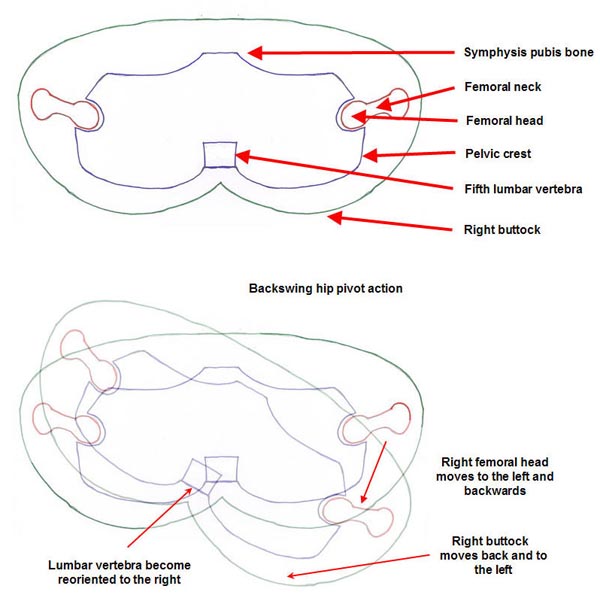

Painful intercourse used to be classified as a sexual disorder, rather than a pain disorder.

It’s all in their head….That’s what many used to believe. This week, I hope to bring awareness to this common issue, discuss the many potential causes, talk about methods of prevention, ways to treat/overcome dyspareunia at home and at the office.ĭon't listen to them - it's not all in your head Contributors to dyspareunia include emotional factors, hormones, personal history, medical history, and much more. It is a complicated and intertwined with many facets of life, and thus, affects all women differently. Though painful intercourse is not dangerous or life threatening, it can severely affect a woman’s sexuality and confidence, cause relationship problems, and reduce her quality of life overall. Up to 22% of postmenopausal women regularly experience dyspareunia, though some studies have found that this number can be as high as 46%. This is medically known as “dyspareunia” and it affects 3 out of 4 women of any age at some time in their life, but most particularly, dyspareunia affects women who are of menopausal age and older. Women should be reassured that they are not alone in feeling pain with intercourse. Many also feel as though they are alone when they experience this. Along with this pain can come many feelings including worry, embarrassment, and self-consciousness. That’s why it’s so frustrating when your intimate moments are interrupted with an “ouch!”.


 0 kommentar(er)
0 kommentar(er)
